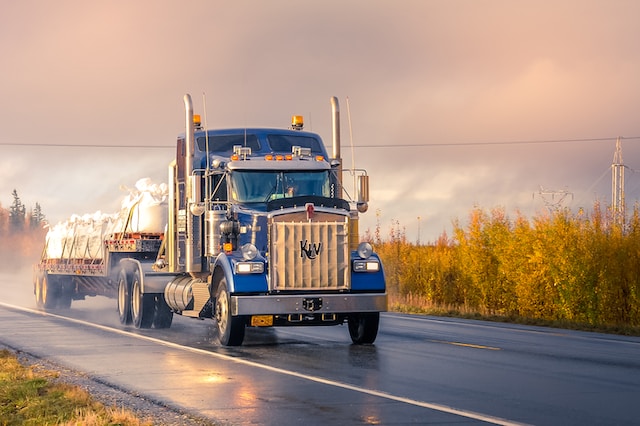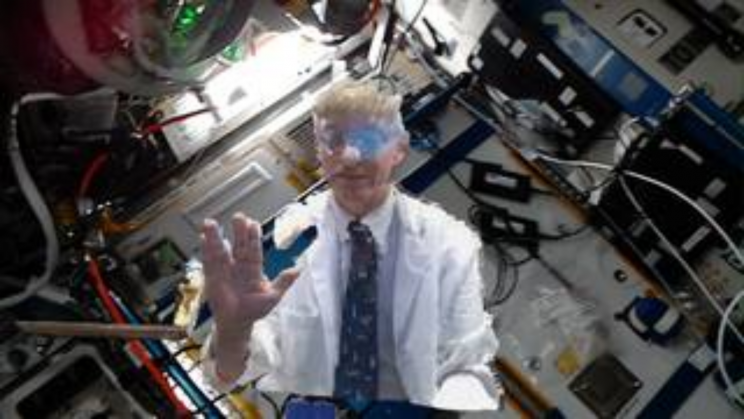The cast of organizations that make up the deep sea mining’s leading research and regulatory agents include the International Marine Minerals Society, the Deep Sea Mining Campaign, the Law of the Sea Convention, the International Seabed Authority (ISA), the South Pacific Commission, the Secretariat of the Pacific Regional Environment Program (SPREP) and the United Nations Convention on the Law of the Sea. The two leading companies are Nautilus Minerals of Canada and Seabed Resources of the UK.
There Is Money In Sea Floor Sediments
Deep sea mining is a relatively new field but with large deposits of cobalt (Co), manganese (Mn), nickel (Ni), copper (Cu) aluminum (Al) and gold (Au) among others and governments around the world, led by the UK and Canada, are projecting tens of billions of dollars in added national GDP over the next 30 years. As a result, the sector is poised for explosive growth.
What Have We Got Here?
Because deep sea mining is so new, a whole slew of questions remain about how to safely and sustainably manage and conserve marine and coastal resources while protecting ecosystems and reversing biodiversity loss in the oceans.
We have all seen the results of surface mining and the negative human and environmental consequences that can sometimes result, including making an area uninhabitable for decades, if not longer.
Grinding up the ocean floor and pumping mineral deposits to the surface is a relatively easy process, but the effect on marine life and ecosystems is a big question mark. We will delve deeper into this new sector in coming articles on IndustryTap.
Related articles on IndustryTap:
- Mercedes-Benz Tweets Photo of Its Heavy Duty Actros Carrying a 250-Ton Mining Hauler
- Automated “Rail-Veyors” a Sign of New “Deep Mining” Trend
- Mining Asteroids Will Create A Trillion-Dollar Industry, The Modern Day Gold Rush?
References and related content:





